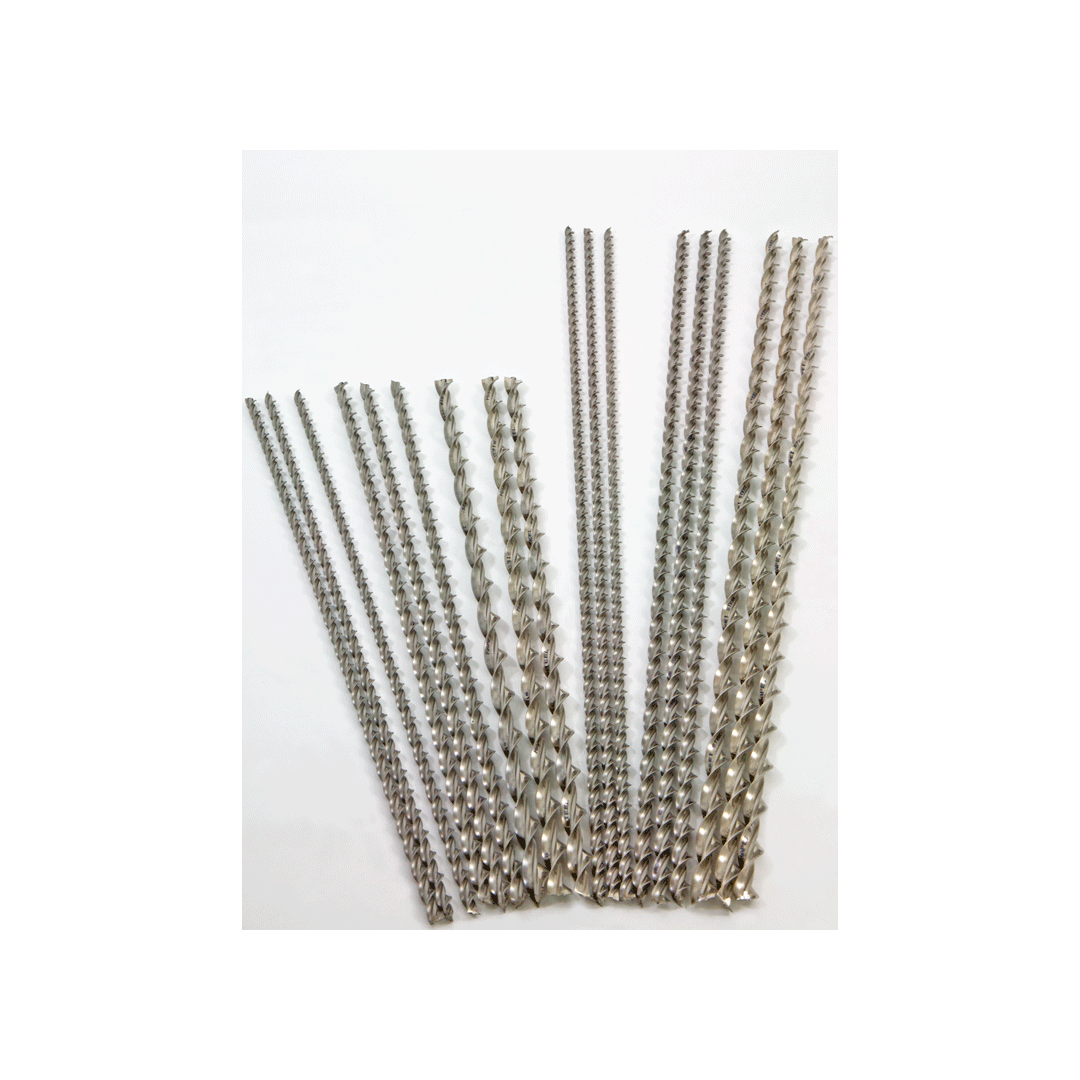
Camerino Cathedral rises up from the rubble thanks to FRP structural strengthening systems by Mapei
After being badly damaged by the earthquake and tremors that hit the Marche Region in 2016, the apse of Santa Maria Annunziata Cathedral in Camerino was the object of a delicate intervention to make it safe.
The work was promoted by the local Regional Crisis and Coordination Unit and involved placing bands around the apse so that there were no obstacles on the access road to the old town centre.
Mapei Technical Services worked in collaboration with Alberto Balsamo from the University of Naples on a solution to strengthen the structure and, for this particular building of historical interest, chose a less invasive, “reversible” FRP system, which may be removed at a later date in the case of a change in requirements or new technological developments.
The apse was then meticulously redesigned and decorated according to guidelines of the local Building Preservation Trust.
The earthquake and after-shocks that hit central Italy from the 24th of August 2016 reduced dozens of places of worship to heaps of rubble or left them badly damaged, and the most striking example was what happened to the Basilica of San Benedetto in Norcia, with just the façade that was left standing. These regions have a much higher density of places of worship than the rest of Italy: in the parishes in the Camerino area (in the Province of Macerata) alone census records have counted 454 churches, 222 of which were declared unfit for use following the earthquake two years ago.
In the city of Camerino, the bell-tower of the Church of Santa Maria in Via collapsed, the Church of San Filippo – which features a painting by Tiepolo – was left with part of its roof in ruins and the main Basilica dedicated to the city’s patron saint, San Venanzio, is still inaccessible. The Santa Maria Annunziata Cathedral was also badly damaged.
A BRIEF HISTORY OF THE CATHEDRAL
The Church of Santa Maria Annunziata is the main church in Camerino and is the Cathedral of the archdiocese of Camerino-San Severino Marche. The current building was constructed following a strange twist of fate when an earthquake struck on the 28th of June, 1799 and damaged the previous church, built between the 12th and 13th centuries. The structure was so badly damaged that it needed to be rebuilt.
The current building was constructed at the beginning of the 19th century according to a design by Andrea Vici, a student of Luigi Vanvitelli, with whom he collaborated on the construction of the Royal Palace of Caserta (Southern Italy). After suspending work on the church in 1807 following the arrival of French troops, it recommenced 10 years later. Clemente Folchi took the reins following the death of Vici and abandoned the original project and built the current façade featuring two bell-towers and a portico which forms the continuation of the portico of the Bishop’s residence. The Church was finally consecrated on the 8th of September, 1832.
WORK SPECIFIED BY THE BUILDING PRESERVATION TRUST AFTER THE EARTHQUAKE
After the seismic activity in 2016, the Marche Regional Crisis and Coordination Unit was set up at the Regional Secretariat of MiBACT (Italian Ministry of Cultural Heritage and Activities and Tourism), in coordination with other local institutions, to check the condition of the artistic and cultural works and to assess the level of damage caused by the earthquake to the local monuments and buildings.
Mapei Technical Services were contacted by engineers from the Marche Heritage Trust and, in collaboration with Engineer Alberto Balsamo of the Federico II University of Naples, followed the complex seismic upgrading work at the Santa Maria Annunziata Cathedral very closely.
STRENGTHENING HERITAGE SITES USING REVERSIBLE FRP SYSTEMS
Eng. Balsamo, who had already worked with Mapei Technical Services on other delicate consolidation works (see Realtà Mapei International no. 17), presented examples of previous interventions to show that FRP (fibre-reinforced polymer) systems are reversible in case of need at a later date.
With this method, an alternative to the use of traditional materials and strengthening techniques, fibre-reinforced polymer (FRP) materials are used to clad and consolidate curved structures, such as arches and vaulted ceilings, and to increase the shear and/or flexural strength of masonry panels. These types of material offer various advantages, such as high mechanical properties, little impact on the form and geometry of structures, high durability, ease of application and the possibility to remove them if required, a particularly important feature when used on buildings of particular historical and monumental significance, such as this one.
In the case of the Santa Maria Annunziata Cathedral, the local Heritage Trust asked for consolidation work to be evaluated for the apse, which was badly fractured and cracked. The intervention consisted in adding 6 bands using the FRP system to prevent the heavy facing walls that form the area around the apse from shifting out of plane.
APPLICATION OF THE MAPEI FRP SYSTEM
First of all, the cracks in the masonry were repaired using MAPEI STEEL DRY 316 ultra high-strength “dry-applied” helical AISI 316 stainless steel bars. The bars were inserted into the masonry by drilling a series of holes slightly smaller than the helical bars. The bars were then inserted in the holes using the special SPINDLE FOR MAPEI STEEL DRY. Once the bars had been inserted, the holes were filled with PLANITOP HDM RESTAURO mortar.
The first phase of the banding intervention was to form the levelling layer by applying PLANITOP HDM RESTAURO two-component, pre-blended, fibre-reinforced, high-ductility hydraulic lime (NHL) and Eco-Pozzolan based light-coloured mortar. PLANITOP HDM RESTAURO was specifically developed to smooth and level layers on stone, brick and tuff surfaces. When used in combination with glass and basalt fibre meshes, it helps strengthen facing walls.
The bands were made from products from the MAPEWRAP SYSTEM line, particularly recommended for the repair and statical and seismic strengthening of damaged structures.
Mapei Technical Services recommended using MAPEWRAP C UNI-AX 600 high strengh uni-directional carbon fibre fabric with high modulus of elasticity, which is particularly recommended for seismic upgrading work. The first step was to apply MAPEWRAP PRIMER 1 epoxy primer and then, on the fresh layer, an even coat of MAPEWRAP 31 T adhesive on the area to be strengthened.
Thereafter, MAPEWRAP C UNI-AX fabric was applied and pressed down firmly to make sure it adhered to the substrate and to avoid creases or folds. To prevent the formation of gaps or breaks in the bonding layer, and to make sure the adhesive penetrated into the fibres of the mesh, MAPEWRAP ROLLER was passed over the surface. A second coat of MAPEWRAP 31 T was then applied over the fabric.
A SPECIALISED RESTORATION AND DECORATING TECHNIQUE USED FOR THE BANDS
A particularly interesting aspect of the intervention was the request by the local Heritage Trust to use a team of specialised restorers to decorate the FRP bands so they would blend in with the rest of the architecture.
Firstly, the surfaces to be decorated were skimmed by applying a layer of PLANITOP 200 water-repellent cementitious skimming mortar. Then, once the mortar had dried, a team of restorers from a specialised company redesigned and decorated the mortar in very fine detail.
Once completed, the strengthened area was hardly noticeable and blended in perfectly with the rest of the original facing wall.






















